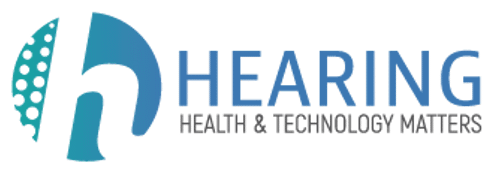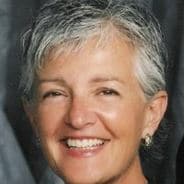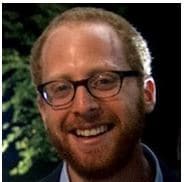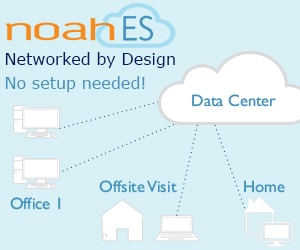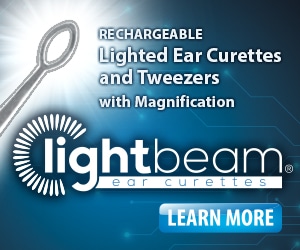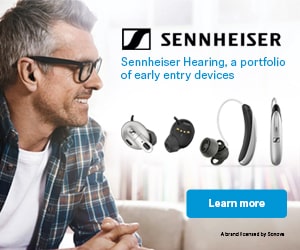Hearing Economics is pleased to welcome three Guest Contributors from Ear Machine, here to help us navigate the new world of smartphone/hearing apps.
Dianne spent 20 years at the University of Minnesota, teaching and doing research on hearing aids. She was director of advanced research at a major hearing aid manufacturer, and for the past 10 years has worked as a consultant to the hearing industry.
Andy is a hearing scientist and entrepreneur. He is an experienced researcher and developer of audio interfaces, especially for mobile and web.
Kevin is an audiology Ph.D. who was head of clinical products and strategy at a major cochlear implant manufacturer. He’s an experienced researcher who is also an expert in distribution channels.
Readers of Hearing Economics are well aware that wireless integration of smartphones and hearing instruments has already begun, and is increasing rapidly. At Ear Machine our own analyses indicate that about 30-40% of hearing aid users in the US probably own a smartphone. If we simply extrapolate current trends, that number will double over the next five years.
While current use by the “Big 6” of smartphones to control their hearing devices is conservative (largely confined to volume and program functions on a remote control), it is inevitable that more complex control will be given to the user.
Our main message in this post is to urge hearing health professionals and consumers to insist on well-researched and rigorously evaluated user control paradigms.
What’s Out There in Hearing Apps?
A quick search of the iOS/Android app stores will reveal a wide range of hearing/audiometry apps – nearly all of which completely ignore the wisdom that has been gained through decades of hearing research. New approaches need to apply that wisdom to the new world of smartphones and evaluate it via peer-reviewed research published in scientific journals.
If control apps are based on careful scientific research that proves their effectiveness, then they hold great promise for increasing user satisfaction and for opening up new ways for hearing health professionals to provide service to their patients. Some apps will be developed this way. But beware those that are not based on science: They might look great, but they will provide a very much less-than-optimal user experience.
All Adjustment Apps Are Not Created Equal
Using a smartphone it is theoretically possible for the user to adjust — in the field — every one of the hundreds of digital signal processing (dsp) parameters that are now accessed through fitting software used by a hearing health professional. But which parameters and how should this be done? We think the main questions are:
- Can hearing aid users customize their own signal-processing parameters to optimize their hearing aids in different listening environments? If so, what is the best user interface for this? Which users and how can you tell?
- Can some hearing aid users actually select their own signal-processing parameters without the need for a conventional hearing-aid fitting session? If so, which users and how can you tell?
Importantly, these questions do not pertain to an individual hearing aid manufacturer’s technology. Rather, they are about how to adjust the fitting parameters that are common to all modern hearing aids: gain, compression, and SSPL90 in N channels of wide dynamic range compression.
It follows then that these questions should be addressed in a device manufacturer-agnostic manner. Just as large-scale peer-reviewed research on prescriptive fitting resulted in data-based prescriptive methods like the NAL{{1}}[[1]]Byrne, D, Dillon, H., Ching, T, Katsch, R., and Keidser, G . (2001). NAL-NL1 procedure for fitting nonlinear hearing aids: Characteristics and comparisons with other procedures. J. American Academy of Audiology 12: 37-51.[[1]]{{2}}[[2]]Keidser, G., Dillon, H., Carter,L., and O’Brien, A. (2012). NAL-NL2 empirical adjustments. Trends in Amplification 16: 211-23.[[2]] and DSL {{3}}[[3]]Seewald, R., Moodie, S., Scollie, S., and Bagatto, M. (2005). The DSL method for pediatric hearing instrument fitting: Historical perspective and current issues. Trends in Amplification 9: 145-57.[[3]]{{4}}[[4]]Polonenko, M., Scollie, S., Moodie, S., Seewald, R., Laurnagaray, D., Shantz, J, and Richards, A. (2010). Fit to targets, preferred listening levels, and self-reported outcomes for the DSL v5.0 hearing aid prescription for adults. Int. J Audiol 49: 550-60.[[4]] methods — which are used now to fit all makes of hearing aids — there must be similar research on methods that enable user control so that they can be used with all makes of hearing aids.
Where Do You Find Research-Based Adjustment Apps?
At present there are only two companies, to our knowledge, that are engaged in this type of large-scale scientific work. Tune in next week for more on those two companies.

